Spadeadam Rocket Test Site
In the middle of a barren moorland, the remnants of a lost British Space Age stand like a 20th-century Stonehenge.
In the 1950s, the U.K. and the U.S. signed an agreement to cooperate on the development of intercontinental ballistic missiles, creating two complementary vehicles tailored for their respective distances to the U.S.S.R. The U.S. vehicle became the Atlas missile, which went on to an illustrious space career, lifting John Glenn into orbit and launching Boeing’s Starliner capsule to the International Space Station. Britain’s vehicle was the Blue Streak. At 24 meters (78 feet) tall, it was Britain’s largest rocket vehicle. In 1955, the consortium needed somewhere to test it and settled on a large area of empty moorland just north of Hadrian’s Wall, known as the Spadeadam Wastes.
Launch was planned for the Woomera Test Range, a huge swathe of outback and dry salt lakes in South Australia. But before the rockets were shipped out to the launch site, they needed a complete systems test. The twin Rolls Royce RZ2 rocket engines produced 120 metric tons of thrust, and a fully fueled Blue Streak carried massive amounts of kerosene and cryogenic liquid oxygen. The rockets were simple too big and too loud for the country’s established test sites at Westcott and Ansty. A solution was found in the Spadeadam Wastes in Northumberland, where in 1955 the Ministry of Aviation worked with Rolls Royce, DeHavilland, and British Oxygen to establish the Intermediate Range Ballistic Missile Test Centre.
Stretched across 9,600 acres, the site featured everything needed for the development and operation of Blue Streak. There were workshops, offices, an oxygen-generating plant, and three dedicated high energy test sites: one for high pressure testing, another for individual engine tests, and the Greymare Hill rocket test stands. Two complete launch pads, replicas of the ones in Woomera, were built for complete vehicle static engine tests.
But the Blue Streak was not destined for a long career like Atlas. In 1960, the project was canceled before its first flight. As a large missile powered by a cryogenic propellants, it was questioned if it could respond quickly enough to Soviet attack. To be a successful deterrent, a fleet of Blue Streaks would need to be scattered across the U.K. in deep missile silos, which was considered politically unacceptable.
Luckily for those working on the program, the prospect of cancelling such an expensive project was also politically unacceptable. The government looked to reuse the design as the basis for a satellite launch vehicle; initial plans of a Commonwealth space program came to nothing, but the other western European countries were very keen when the first joint European rocket program (ELDO) was proposed instead. The Blue Streak became the first stage of the Europa rocket, carrying a French second stage, a German third stage, an Italian payload and Dutch fairings.
Thanks to the ELDO program, Spadeadam came to life. One of the two vehicle stands was used for live tests, and even briefly considered for actual launches. Blue Streak itself flew 11 times, with a 100% success rate, matched only by the Saturn 5. But Europa as a whole was plagued by problems, and in 1971 the U.K. pulled out of ELDO. The other partners were left without a first stage.
Instead of growing into the home of European rocketry, Spadeadam was shut down. In 1976, it was passed to the Royal Air Force as a radar test range and the pressure testing site has remained in use with the oil and gas industry. The engine test site and the vehicle test pads were stripped out and have become historic listed structures. These massive relics of the Cold War were hidden away, nearly four miles into the RAF’s largest active base; the huge concrete launch pads that supported the rockets during test firings protrude from the hill side like space age dolmens. Connecting back to the hillside are concrete causeways, bridges into space with horror movie ready interior chambers that once held pumps and instrumentation. In a large Y-shaped concrete bunker, covered with earth, is the central control room. Large periscopic windows still protrude from the ground, peering at the two pads, but the bunker itself is bricked up due to collapsed asbestos ceiling tiles contaminating the building.
Bizarrely, as an active electronics warfare range the site, built to develop missiles to deter the USSR, is scattered with old eastern bloc aircraft and military vehicles as practice radar targets.
Know Before You Go
RAF Spadeadam is an active military base and access is normally impossible, but escorted group tours have been arranged in the past and the base does have public contact details listed on the base website.

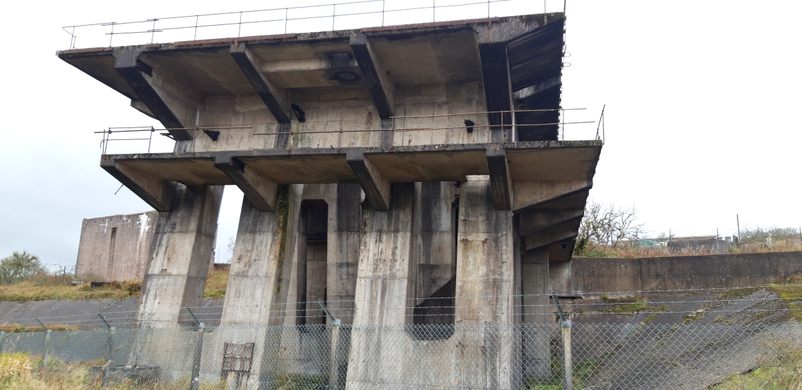
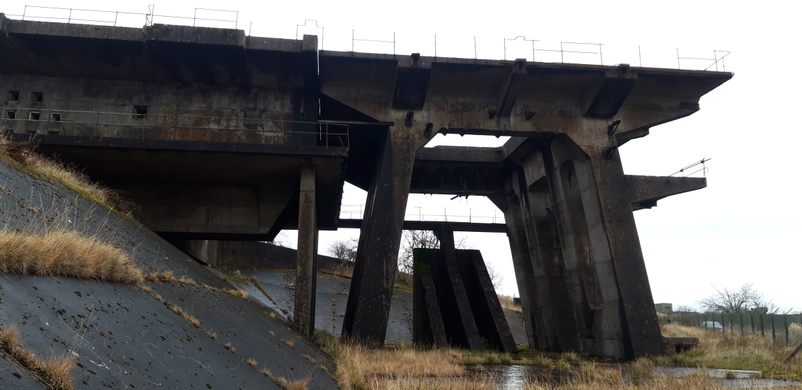
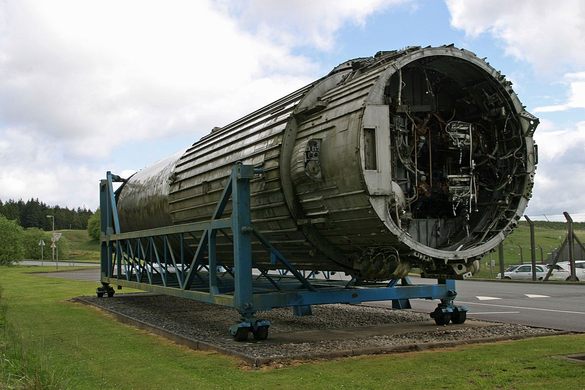
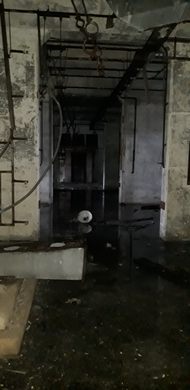



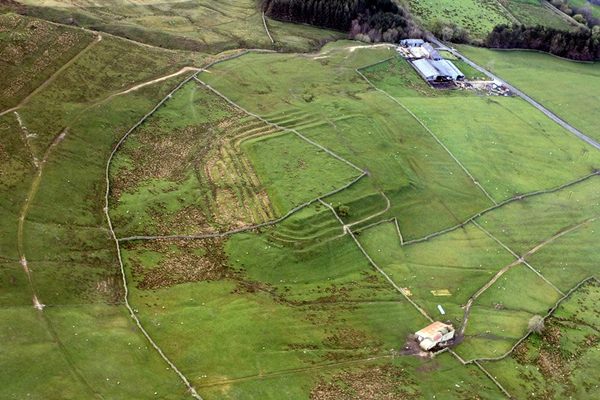


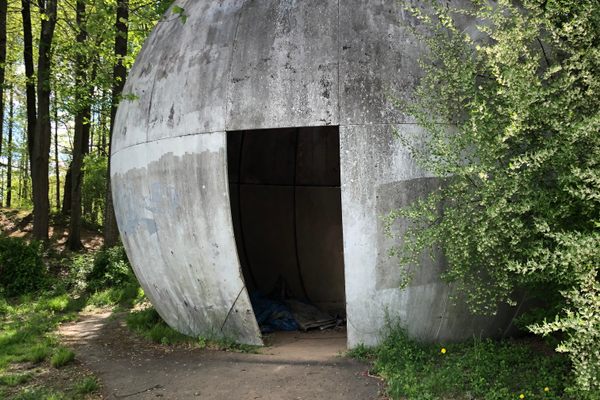

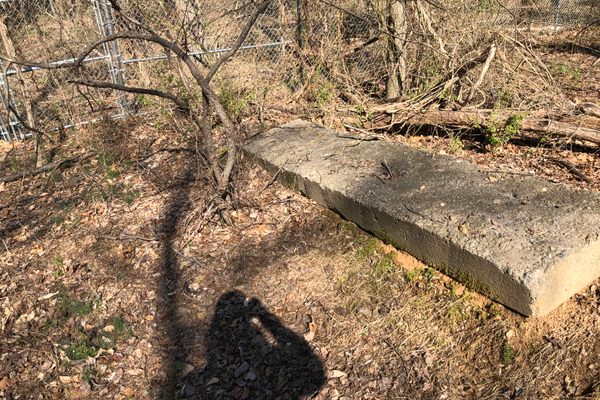


Follow us on Twitter to get the latest on the world's hidden wonders.
Like us on Facebook to get the latest on the world's hidden wonders.
Follow us on Twitter Like us on Facebook